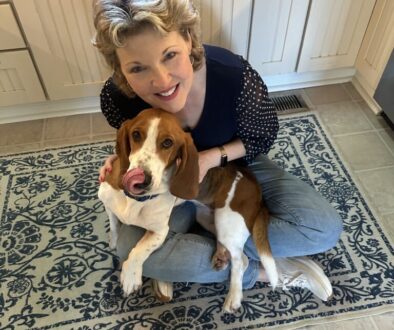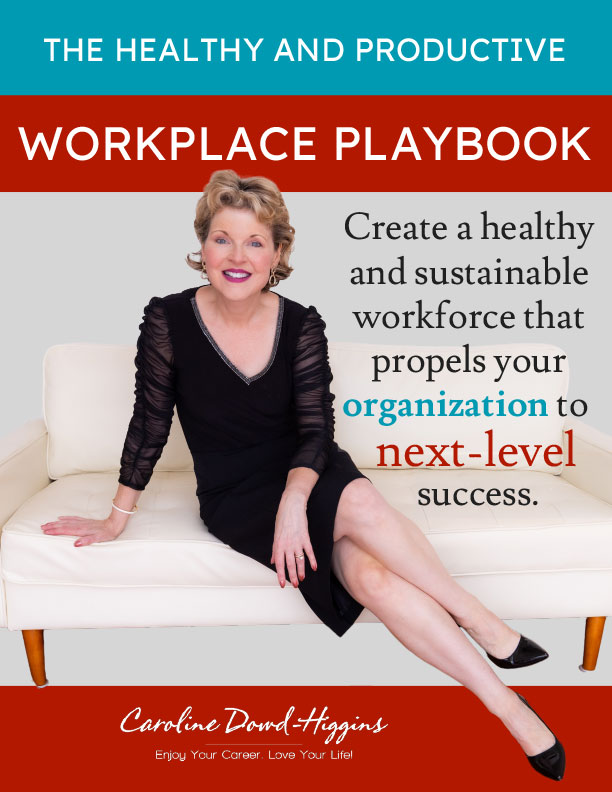Hone Your Emotional Agility

As we continue to navigate the VUCA (volatile, uncertain, complex, and ambiguous) landscape and the ongoing pandemic journey, mental unwellness is at an all-time high. The World Health Organization reports that depression is the single leading cause of disability globally. Savvy organizations are offering more comprehensive wellness support like access to therapy as part of health plans, life coaching, and stress management tools. Emotions play a large part in our health, wellbeing, and our happiness.
- Emotional Intelligence is being aware of and being in control of your own emotions. It’s often considered a toolbox of competencies that includes active listening, empathy, humility and caring that describes the modern leader committed to developing others.
- Emotional Agility is approaching your inner experiences mindfully and productively and not suppressing or controlling them.
Stoic, or Cheerful Leadership?
The expectation that leaders should be stoic or cheerful with a game face at work all the time is falling away making room for more authentic leadership. Susan David, PhD a Harvard Medical School Psychologist is an expert on Emotional Agility and her book, Emotional Agility: Get Unstuck, Embrace Change, and Thrive in Work And Life shows you how to navigate your emotions with authenticity.
According to Susan David, “All healthy human beings have an inner stream of thoughts and feelings that include criticism, doubt, and fear. That’s just our minds doing the job they were designed to do trying to anticipate and solve problems and avoid potential pitfalls.”
Emotional Agility is about being more effective with your thoughts and emotions, so you can come to you everyday choices and your life with more intention and insight. Being nimble and emotionally agile helps you cultivate authentic thriving at work and home.
Wellbeing is a journey
Honoring wellbeing and infusing that into a workplace culture will increase retention and attract top talent to your organization. Gone are the days when work and personal life are separate – the modern workplace must be a place where people can do their very best work and live healthy lives. Leaders must consider how they can cultivate wellbeing, increase resilience, reduce stress and burnout, and empower employees to be emotionally agile.
We must be more well equipped to face our difficult emotions honestly. Cope more effectively with stress and overcome challenges that can debilitate, so we can take ownership and define success on our own terms. As Susan David says, “…wellbeing is everyone’s business.”
Where to Start?
Being emotionally agile sounds compelling, but where to start? Susan David created an online quiz to help you understand where you are now, so you can utilize the personalized feedback to help you hone your emotional agility moving forward.
The phrase “soft skills” makes me cringe because it devalues important competencies that empower you to be successful and healthy in life and career. Susan David describes Emotional Agility as human skills because they drive everything, and they are learnable by all of us. When you feel your emotional truth, engagement, creativity, and innovation flourish.
Bring Your Best Self to Work
Emotional Agility isn’t about seeing life through rose-colored glasses. Susan David says, “Discomfort is the price of admission to a meaningful life.” Emotional Agility enables people to be resilient, lead with integrity, foster wellbeing, cultivate engagement, embrace inclusion and step into possibility, so they can bring their best selves to work and their personal life.
This is a practical, science-based road map and an essential set of skills that enables you to transform challenges into a source of energy. Emotional Agility forges a deep connection between values and work.
Susan David penned an Emotional Agility Manifesto: “Emotional agility is the absence of pretense and performance— it’s the ability to be real. It gives your actions greater power because they emanate from your core values and core strength, something solid and genuine and authentic. We reach that level of emotional agility through a series of tiny steps, those seemingly insignificant everyday moments that add up over the course of a lifetime.”
She believes that acceptance is a prerequisite for change and reminds us that developing Emotional Agility is a journey, a practice that we cultivate, so we can embrace and evolving identity and release the narratives that no longer serve us.
Consider how you can choose courage over comfort, compassion over shame, and curiosity over judgement to begin with small steps on your Emotional Agility journey.






